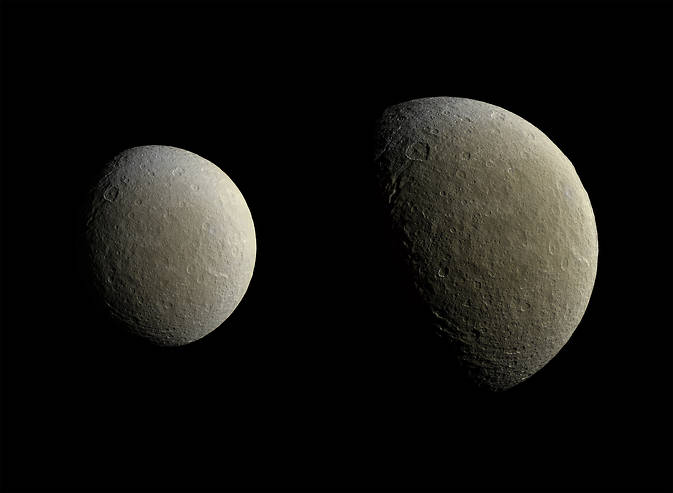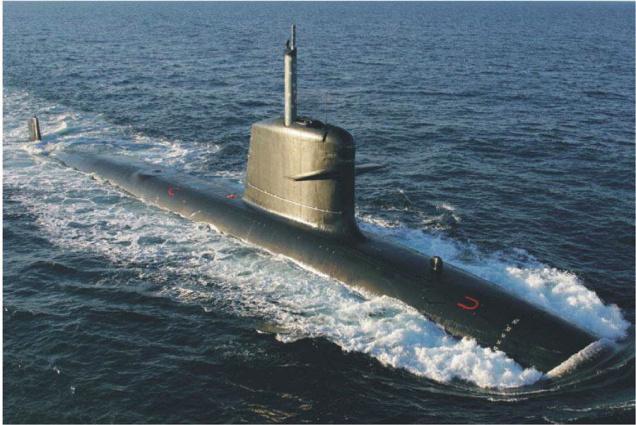
Cassini captured these views of Saturn's icy moon Rhea on Feb. 9. The spacecraft returned to equatorial orbits around Saturn in March after nearly two years, allowing the mission to once again have close encounters with moons other than Titan. Photo: NASA/JPL-Caltech/Space Science Institute.
WASHINGTON (PTI): NASA's Cassini spacecraft has returned to equatorial orbits around Saturn after nearly two years, allowing the mission to once again have close encounters with the planet's moons other than Titan.
A dual view of Saturn's icy moon Rhea marked the return of Cassini spacecraft to the realm of the planet's icy satellites, NASA said.
"This follows nearly two years during which the spacecraft's orbits carried it high above the planet's poles.
Those paths limited the mission's ability to encounter the moons, apart from regular flybys of Titan," the US space agency said in a statement.
Cassini officially began its new set of equatorial orbits on March 16.
Cassini's orbit will remain nearly equatorial for the remainder of 2015, during which the spacecraft will have four close encounters with Titan, two with Dione and three with the geyser-moon, Enceladus.
The two views of Rhea were taken about an hour-and-a-half apart on February 9, 2015, when Cassini was about 50,000 to 80,000 kilometres away from the moon.
The views show an expanded range of colours from those visible to human eyes in order to highlight subtle colour variations across Rhea's surface. In natural colour, the moon's surface is fairly uniform.
The other image represents the highest-resolution colour view of Rhea released to date.
 Previous Article
Previous Article Next Article
Next Article













The Indian Air Force, in its flight trials evaluation report submitted before the Defence Ministry l..
view articleAn insight into the Medium Multi-Role Combat Aircraft competition...
view articleSky enthusiasts can now spot the International Space Station (ISS) commanded by Indian-American astr..
view article